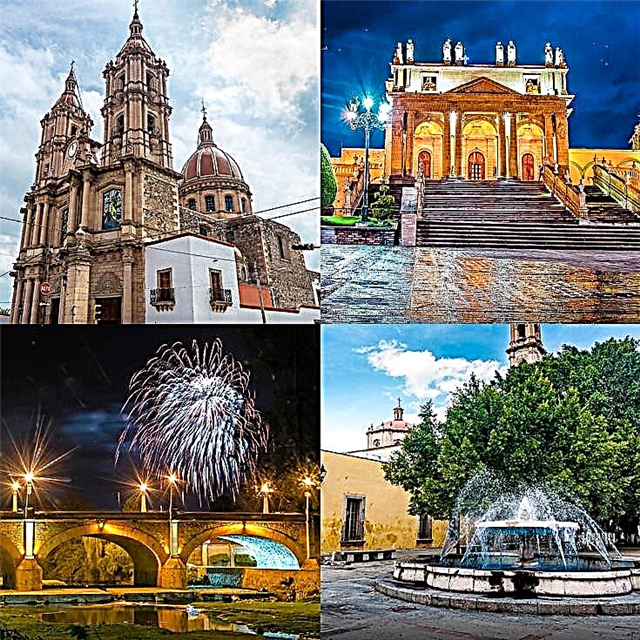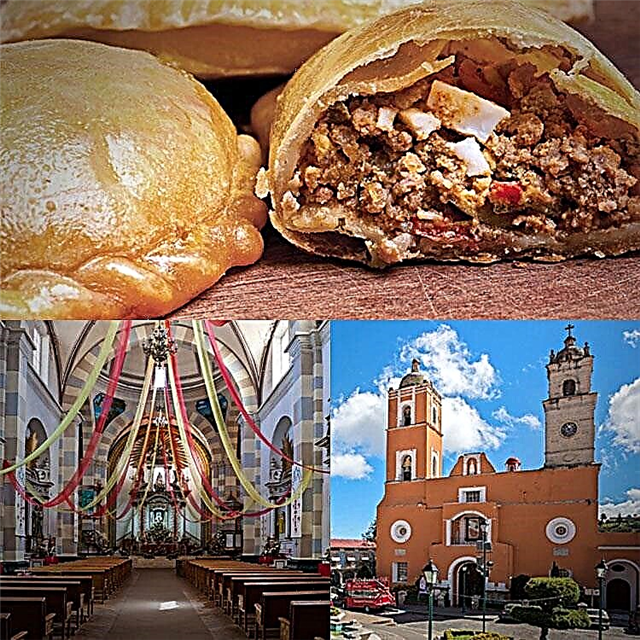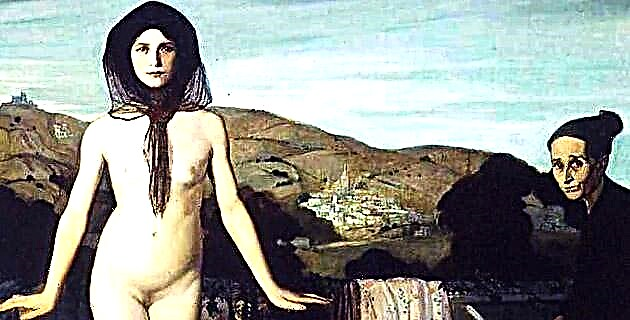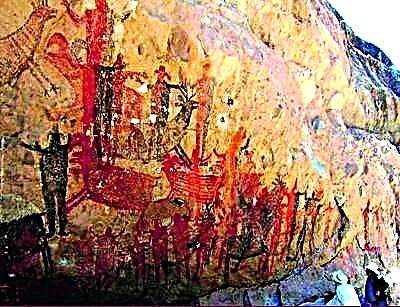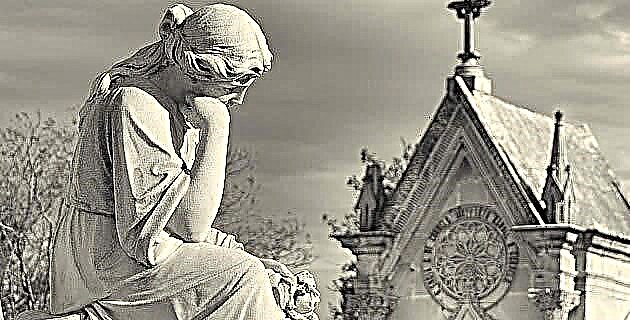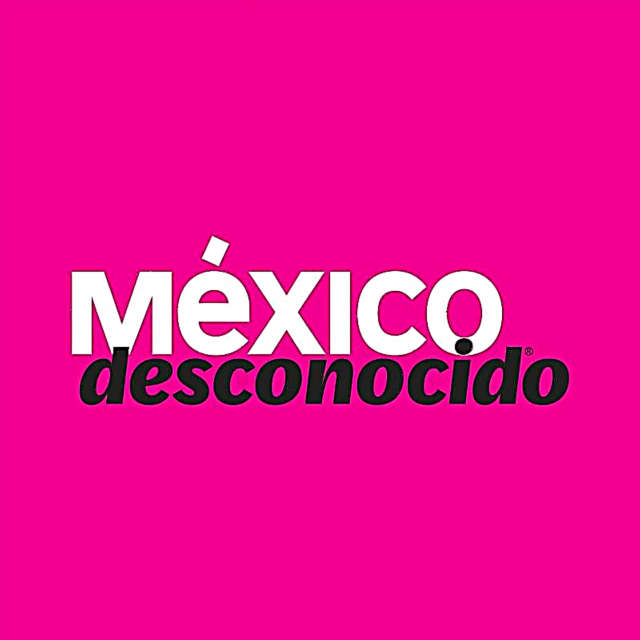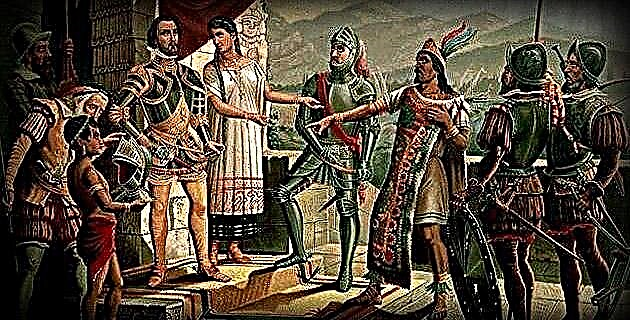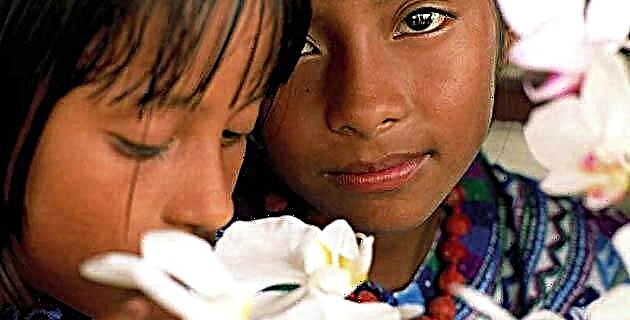
We present the history of this culture whose area of influence included the states of Yucatan, Campeche, Quintana Roo, Chiapas and part of Tabasco, in the Mexican Republic, as well as Guatemala, Belize and portions of Honduras and El Salvador.
In an extraordinary and rich natural environment formed by great jungles that receive an abundant rainfall; by mighty rivers such as the Motagua, the Grijalva and the Usumacinta; by mountain ranges of volcanic origin, by crystalline lakes and thick forests, and also by flat regions almost without rivers or rains but with innumerable streams and water deposits known as cenotes, they settled in pre-Hispanic times, around 1800 BC, around 28 ethnic groups that spoke different languages (such as the Yucatecan Maya, the Quiché, the Tzeltal, the Mam and the K'ekchi '), although all coming from a common trunk, and developed a great culture that has transcended time and space by his original and surprising creations: the Mayan civilization.
The nearly 400,000 km2 region encompasses the current states of Yucatán, Campeche, Quintana Roo and parts of Tabasco and Chiapas in the Mexican Republic, as well as Guatemala, Belize, and portions of Honduras and El Salvador. The richness and variety of the geographic area corresponds to that of its fauna: there are big cats like the jaguar; mammals such as monkeys, deer, and tapirs; numerous species of insects; dangerous reptiles like the nauyaca viper and the tropical rattlesnake, and beautiful birds like the quetzal, the macaw and the harpy eagle.
This varied natural environment was reflected in the artistic expression and in the religion of the Mayans. The sea, lakes, valleys and mountains inspired his ideas about the origin and structure of the cosmos, as well as the creation of imposing sacred spaces in the heart of its cities. The stars, mainly the Sun, animals, plants and stones were for them manifestations of divine forces, which were also twinned with man by possessing a spirit and a will. All of this reveals an exceptional link between man and nature, a relationship of respect and harmony based on a consciousness of cosmic unity that was and is central to the Mayan culture.
The Mayans structured powerful independent states, ruled by great lords of illustrious lineages who were skilled politicians, brave warriors and, at the same time, high priests. They displayed an active trade and shared with other Mesoamerican peoples the cultivation of corn, the cult of fertility deities, the rites of self-sacrifice and human sacrifice, and the construction of stepped pyramids, among other cultural aspects. Likewise, they developed a cyclical conception of time and a systematization of becoming that governed the entire life: two calendars, one solar of 365 days and one ritual of 260, were coordinated to form 52-year cycles.
But in addition, the Mayans created the most advanced writing system in America, combining phonetic signs with ideographic signs, and stood out for their extraordinary mathematical and astronomical knowledge, since they used the place value of the signs and zero since the beginning of the Christian era, which places them as the inventors of mathematics worldwide. And taking the moment of a mythical event as "date was" or starting point (August 13, 3114 BC in the Gregorian calendar) they recorded dates with surprising precision in a complex system called Initial Series, to leave a faithful written record of their history. .
The Maya also stand out among other Mesoamerican peoples for their elegant architecture, their refined stone and stucco sculpture, and their exceptional pictorial art, showing them as a deeply humanistic people. This is corroborated in their cosmogonic myths, in which the world is created for man's habitation, and the latter to feed and venerate the gods, an idea that places man as the being whose ritual action favors the balance and the very existence of the cosmos .
The great Mayan civilization was truncated by the Spanish conquerors between 1524 and 1697, but the languages, daily customs, religious traditions and, in short, the conception of the world that the ancient Mayans created, somehow survived in their descendants during the colonial era and remain alive to this day.

